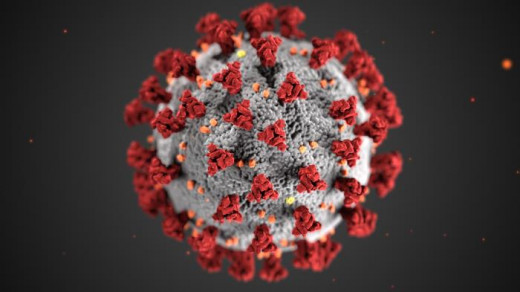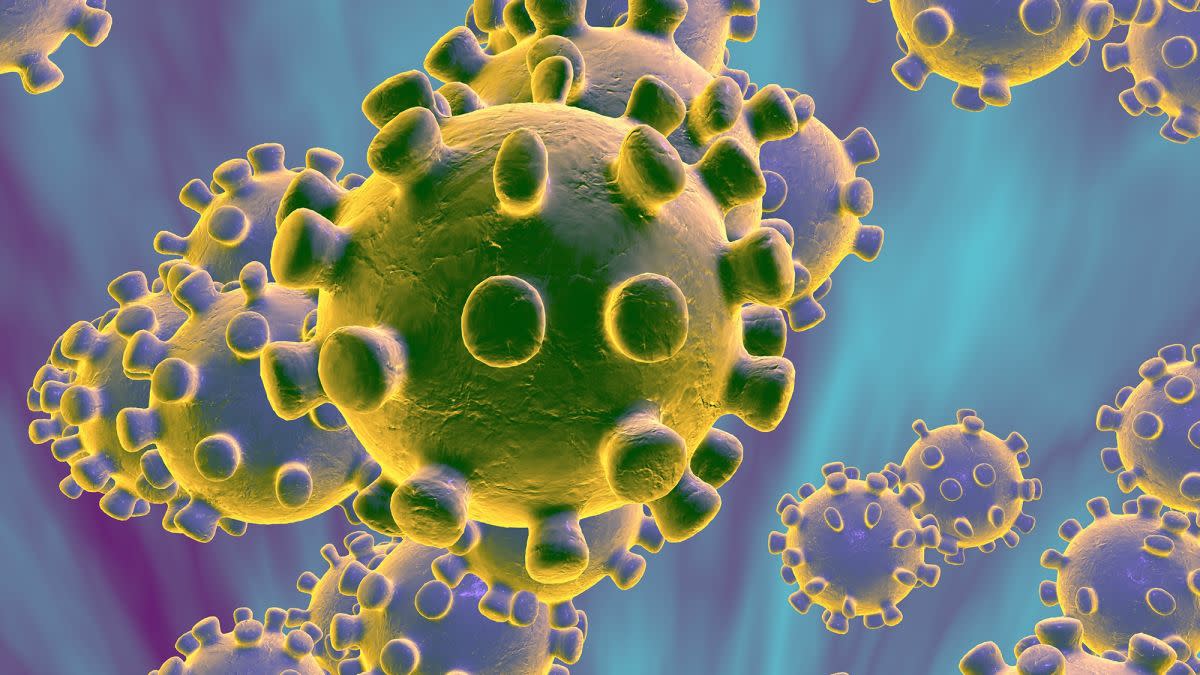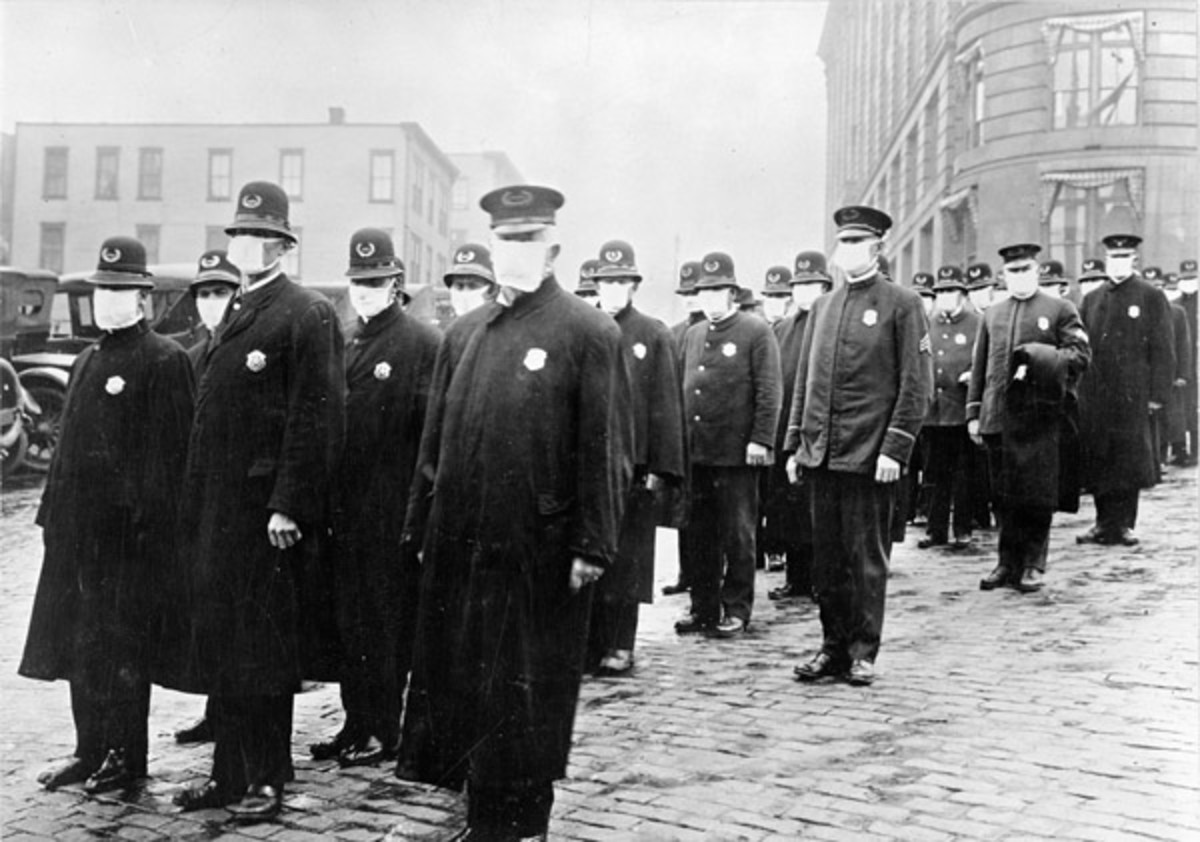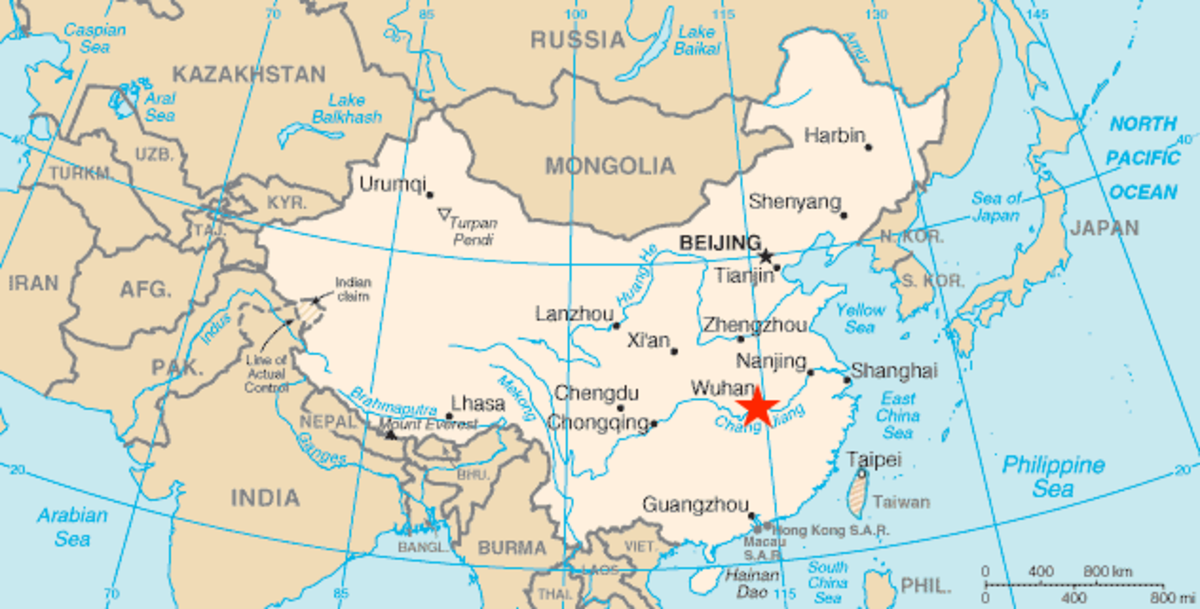Is Covid-19 a Pandemic or More Like a Seasonal Flu?

What Makes COVID-19 Pandemic ?
Webster's dictionary defines a pandemic as "an outbreak of a disease that occurs over a wide geographic area and affects an exceptionally high proportion of the population."
MedicineNet’s definition of a pandemic is "An epidemic (a sudden outbreak) that becomes very widespread and affects a whole region, a continent, or the world due to a susceptible population. By definition, a true pandemic causes a high degree of mortality (death)".
On the surface, COVID-19 qualifies as a pandemic, touted as one of the fiercest and deadliest plagues in recent memory. But a lot has been learned about COVID-19 in the past several months. With the inclusion of antibody testing, the virus's adjusted mortality rate is much lower than initially thought.
That being the case, we will take this information and compare COVID-19 to other pandemics, to SARS and MERS, and lastly to the flu, and determine if COVID-19 is a dangerous pandemic or a milder version that's more like the seasonal flu.

Comparing the Coronavirus to Other Pandemics
We will compare COVID-19 to a few of the most impactful pandemics in the past 100 years, and determine how COVID-19 stacks up.
The Spanish Flu (1918 to 1920)
The Spanish Flu was considered one of the deadliest global pandemics of the 20th century. LiveScience reports 500 million people were infected by the virus, resulting in over 50 million deaths. The mortality rate was 10% or higher.
The world population in 1918 was 1.8 billion people. The Spanish Flu infected nearly 1/3 of the world's population, with almost 3.0% of the total population dying.
Hong Kong Flu (1968)
Sinobiological reported that in July 1968, the Hong Kong Flu came to be and eventually infected over 200 million people worldwide. The Flu resulted in 1 million deaths worldwide and a mortality rate of .5%.
The world's population in 1968 reached 3.55 billion, with 5.6% of the people infected, killing off .028% of the base.
The Swine Flu (2009)
There have been different variations of the Swine Flu, the most recent occurring in 2009. High-end numbers estimated over 1.4 billion people contracted the Flu attributing to 575,000 deaths, and a .04% mortality rate, as reported by Wikipedia.
The world's population was 6.8 billion at the time, with 20.5% of the total population infected and .008% of the world's population dying off.
COVID-19 (2019 - 2020)
As of the end of June 2020, there are over 10.3 million cases of COVID-19, with 505,000 plus reported deaths. When factoring in the 'unknown cases,' the CDC estimates the mortality rate to be approximately .2%, which translates the number of people infected to be more likely 250 million.
With the current global population at 7.8 billion people, currently, 3.1% of the world's population is infected, with deaths accounting for .006% of the total population.
Observations
When comparing COVID-19 to the other pandemics, COVID-19's model is very similar to the Hong Kong Flu. There was an effective vaccine for the Hong Kong Flu at the end of its first year.

Comparing SARS, MERS, and COVID-19
The three most famous virus's in the coronavirus family are SARS, MERS, and COVID-19, with all three causing great disruption to the world. We will compare these three coronavirus's, looking for similarities and differences.
SARS (2002)
SARS started in China, November 2002. By spreading across 24 countries in a short time, the world was fearful SARS would become a pandemic. By being contained early on, SARS only reached epidemic levels.
This new strain of the virus had a 9.6% mortality rate. With the world's population at 6.2 billion, had SARS became pandemic, 620 million deaths were possible. But by containing this deadly virus, only 770 people died out of 8,000 people infected.
MERS (2012)
Ten years later, another strain of the coronavirus (MERS) evolved from the Middle East, with a mortality rate higher than SARS. Though MERS spread quickly to 7 countries, including the US, it was quickly contained.
With the world's population now at 7 billion people, had MERS become pandemic with a 34.4% mortality rate, 2 billion deaths could have been possible.
Fortunately, MERS had only 866 deaths out of 2,519 infected. This virus still exists today, showing up randomly in different parts of the world.
COVID-19
COVID-19 started in November 2019 in China and is currently active. Though China attempted to contain COVID-19, the virus became a pandemic in February 2020.
With the world's population at 7.8 billion, and the initial mortality rate believed to be at 4.5%, the world was looking at the possibility of 350 million deaths.
But recent antibody testing around the world has found that over 80 percent of people infected with COVID-19 have a mild reaction. Mild to the point these people recover on their own, never seeing a doctor, thus are "unknown cases."
Based on several recent antibody studies, Biospace has been able to determine the magnitude of the "unknown cases," and have included them in their calculations. The adjusted mortality rate with the inclusion of "unknown cases" went from 4.5% to well under 1%, letting Biospace declare COVID-19 no more than the seasonal flu.
Observation
COVID-19, having the lowest mortality rate, is the only one of the three viruses to become pandemic and cause over 1,000 deaths. The current count now exceeds 500,000 deaths, with over 80% of those deaths being people 65 or older. No vaccine exists today for any of these viruses, a huge gap that needs filling.

Comparing the Coronavirus to the Flu
John Hopkins University compared the COVID-19 to the flu, identifying some similarities and differences as:
Similarities
- Both cause fever, cough, boy aches, and fatigue.
- Both can be mild or severe, in rare cases, fatal.
- Both can result in pneumonia
- Both spread from person to person via coughing
- Both are minimized with frequent washing of hands
- Healthline reports sneezing is not a symptom
- The University of Maryland determines both to be seasonal
Differences
- COVID-19 might also spread via airborne route, and the flu does not
- COVID-19 is one virus, and the flu has several strains
- There is no vaccine for COVID-19, there are for the flu
Number Comparisons
- The CDC reports COVID-19 mortality rate at .2% versus the flu's mortality rate at .1% as reported by Anthony S. Fauci, director of the National Institute of Allergy and Infectious Diseases.
Observation
COVID-19 has similar characteristics and mortality rates to the seasonal flu but needs a vaccine.

What do These Comparisons Tell Us ?
In comparing COVID-19 to these categories, one can better understand how COVID-19 stacks up to the other viruses.
With COVID-19's adjusted mortality rate between .2% and .5%, this virus tracks more in line with the Hong Kong Flu. With both mortality rates being around .5%, we can make projections for COVID-19 based on Hong Kong Flu history.
With today's population twice the population of that in 1968, and by assuming .5% mortality rate for COVID-19, the initial projections for COVID-19 would be 400 million people infected, resulting in 2 million deaths. If current mortality rate estimates continue near .2%, projected deaths drop to 1 million.
Note that a vaccine existed for the Hong Kong Flu before the following season. Since no vaccine yet exists for COVID-19, development needs to be completed before next fall to neutralize the virus successfully.
Assuming a vaccine could be developed and distributed for COVID-19 by next fall, then this virus would be more like the seasonal flu than a dangerous pandemic, and have a chance to be downgraded.

Final Thoughts
The world needed COVID-19 as a wake-up call for future virus's to come. Had COVID-19's mortality rate been similar to MERS, then the world's infrastructure would have collapsed under the weight of over a billion deaths. But with mortality rates of the flu and the coronavirus almost identical, it's time to end the lockdowns.
The COVID-19 panic has identified several substantial infrastructure gaps that need addressing. Developing a vaccine, having ample supplies of test kits, and implementing a plan to address inadequate global health care infrastructures should be on top of the list. Had these already been in place, COVID-19 becoming a pandemic would not have happened.
Lastly, we learned the earth is capable of healing itself when given a chance. This global 40-day shutdown allowed the air and water to become cleaner and purer, with pollution seemingly disappearing. Even the ozone healed itself, and all within 40 days.
So, the final question remains, did humanity learn his lesson before the next deadly pandemic strikes, for it's not a matter of if it strikes again, it's a matter of when.
This content is accurate and true to the best of the author’s knowledge and is not meant to substitute for formal and individualized advice from a qualified professional.








